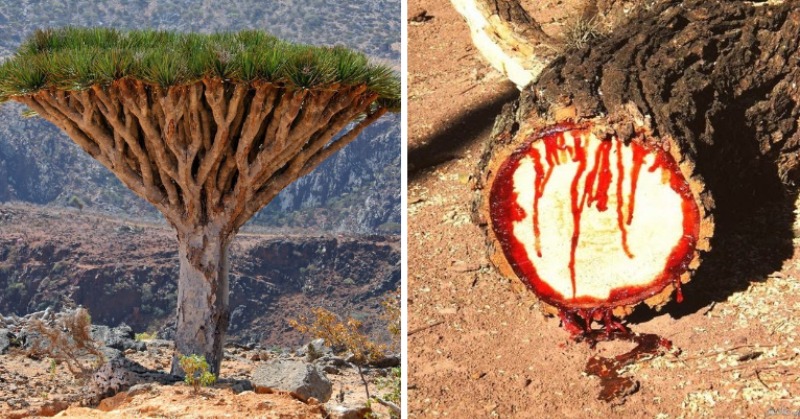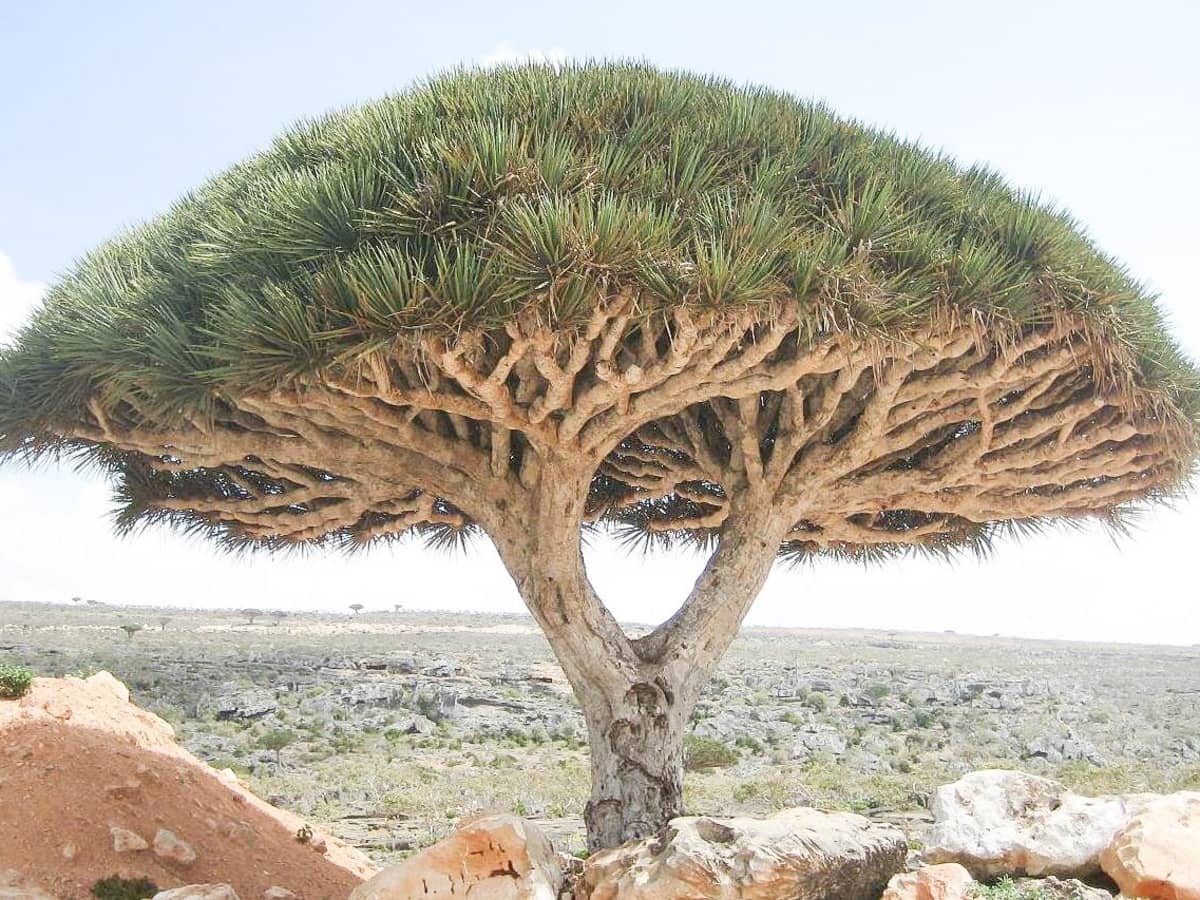Unveiling The Fascination Of Dragon’s Blood Trees: The Mysterious Flora With A Unique Canopy And Abundant Crimson Resin
Dragon’s Blood Trees (Dracaena cinnabari) are an enigmatic and otherworldly species of flora that inhabit the Socotra archipelago in the Arabian Sea. These trees have captivated the imagination of scientists, nature enthusiasts, and adventurers alike for centuries due to their striking appearance, unique canopy, and the valuable crimson resin they produce. In this article, we will explore the fascinating world of Dragon’s Blood Trees, shedding light on their remarkable characteristics, ecological significance, and cultural importance.
Dragon’s Blood Trees are renowned for their peculiar and otherworldly appearance. They feature an umbrella-like canopy of long, slender branches that give them the appearance of a mushroom or an inverted broom. The trees can reach heights of up to 9 meters, and their leaves are clustered at the ends of their branches, forming dense, dark green tufts.
These remarkable trees are native to the arid and rocky landscapes of the Socotra archipelago, a UNESCO World Heritage Site located off the coast of Yemen. The harsh conditions of this environment, characterized by extreme temperatures and scarce rainfall, have shaped the unique adaptations of Dragon’s Blood Trees.
One of the most intriguing aspects of Dragon’s Blood Trees is their production of crimson resin, which is where they derive their evocative name. This resin has been used for centuries for various purposes, including traditional medicine, dyes, cosmetics, and even as a varnish for wood.
The resin is harvested by making incisions in the bark of the tree. When exposed to air, the resin oxidizes and gradually turns from a pale yellow to a deep crimson color. This transformation is one of the most captivating features of Dragon’s Blood Trees. The resin’s distinctive hue and its association with mythical creatures, such as dragons, have contributed to the tree’s mystique.
Dragon’s Blood Trees play a vital role in the fragile ecosystems of Socotra. Their unique canopy provides shade and shelter for a variety of wildlife, including insects, birds, and reptiles. Moreover, the tree’s resin has natural antimicrobial properties, which can protect it from diseases and deter herbivores.
The resilience of Dragon’s Blood Trees in the face of harsh environmental conditions and their ability to adapt to arid landscapes make them a crucial component of the island’s ecosystem. They help stabilize the soil, reduce erosion, and contribute to the overall biodiversity of the region.
Throughout history, Dragon’s Blood Trees have held a special place in the hearts and minds of the people of Socotra. These trees are deeply ingrained in the island’s culture and folklore. They are often associated with stories of ancient civilizations and mythical creatures.
The crimson resin extracted from these trees has been used for traditional healing practices on the island for generations. It is believed to have a range of medicinal properties, from wound healing to the treatment of gastrointestinal issues. Additionally, the resin has been used as incense in religious rituals and ceremonies.
Dragon’s Blood Trees are a botanical wonder that continues to captivate and inspire those who encounter them. Their striking appearance, ecological importance, and cultural significance make them a true symbol of the unique and fragile ecosystems found on the Socotra archipelago. As we strive to preserve and protect the natural world, these remarkable trees remind us of the importance of safeguarding our planet’s biodiversity and the invaluable treasures it holds.
Hits: 10









